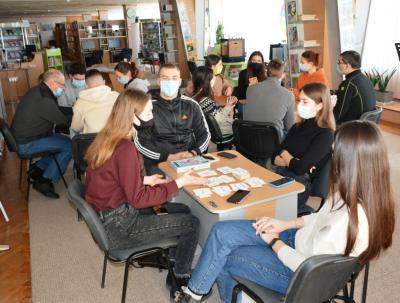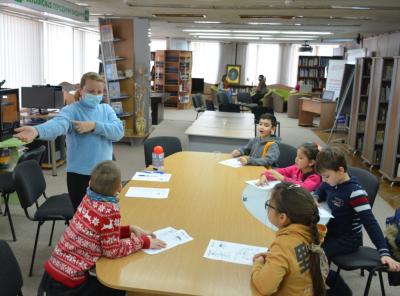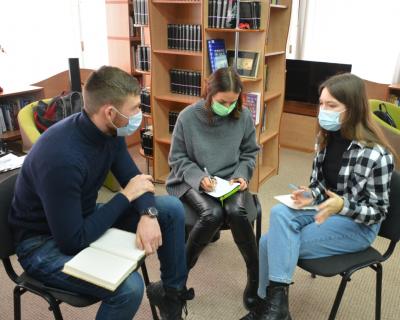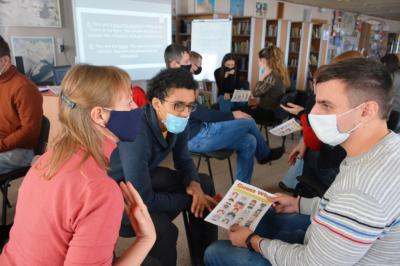Hattie Elizabeth Alexander
Hattie Elizabeth Alexander
Pioneer in the diagnosis and treatment of meningitis
(1901-1968)
Whenever an infant or young child was brought to the hospital in convulsion, the young medical intern braces for the worst. She would ask the parents how long the child had been ill and what the symptoms were. If the child had been ill less than 24 hours, had run a fever, was vomiting, and then became extremely sleepy, Dr. Hattie Alexander suspected that the cause was bacterial meningitis. Before 1940, this disease was almost certainly fatal, killing within a matter of hours. The sight of children being stricken with this disease made a deep impression on the young intern. She decided to devote her medical career to developing a treatment for it, and she succeeded.
Hattie Elizabeth Alexander was born on April 5, 1901, in Baltimore, Maryland. Her father was a local merchant; Hattie, her mother, and seven brothers and sisters lived in a house in downtown Baltimore. She attended a high school for girls and was awarded a partial scholarship to Goucher College.
In college, she loved sports and spent more time in athletic activities than in academic ones. She was barely a C student. As a young person, Hattie Alexander loved fun, and she remained a fun-loving person all her life. In later years, she especially loved to race around in her speedboat.
While in college, however, she developed a serious interest in the new and growing field of bacteriology, the study of microscopic organ¬isms, some of which cause disease. After graduating from Goucher in 1923, she was hired as a bacteriologist, first by the United States Public Health Service, then by the Maryland Public Health Service. During that time, she decided she would attend medical school. After working for three years, she saved enough money to enter Johns Hopkins School of Medicine.
As a medical student, she was brilliant. She received her M.D. degree in 1930, and served two internships in pediatrics, one at the Harriet Lane Home—Johns Hopkins' hospital for children and the other at Babies Hospital of the Columbia-Presbyterian Medical Center in New York City. It was at the Harriet Lane Home that she saw her first heart-breaking cases of meningitis.
Meningitis is an infection most commonly caused by bacteria or viruses. The infection attacks membranes, called the meninges that cover the brain and spinal cord.
Although several types of bacteria can cause meningitis, Dr. Alexander focused her attention on one particular species of bacteria Haemophilus influenzae (Despite its name, Haemophilus influenzae has nothing to do with the flu).
Dr. Alexander carried out her research while she was working as » staff pediatrician and clinical instructor at Columbia's medical school. She began as an instructor in pediatrics in 1935 and rose through the ranks to become a full professor in 1958. She also was in charge of the Babies Hospital laboratory, where tests on patients were analyzed and research carried out. Although she was fun-loving in her personal life, she was all business in the hospital. She had a great ability to organize her time and to concentrate on the task in front of her. This discipline allowed her to treat patients, teach students, and conduct laboratory research.
Working with immunochemist Michael Heidelberger, Dr. Alexander prepared the first effective treatment for bacterial meningitis. It was a substance called an antiserum. Dr. Alexander had followed closely the work of other medical researchers experimenting with substances from the blood serum of infected animals. Serum, the clear liquid part of blood, contains antibodies, molecules produced by the body's immune system to attack specific germs. Antiserum is made by injecting an ani¬mal with a bacterium, then collecting the blood serum, which now has antibodies to that bacterium.
Dr. Alexander made an antiserum to Haemophilus influenzae by injecting rabbits with large amounts of bacteria. She then injected the antiserum this produced into patients suffering from meningitis. In 1939, she reported the first cure of this otherwise fatal infection. She did not stop there. In her search for ever more effective treatments, she experimented with other drugs in the 1940s, the sulfa drugs and the early antibiotics. Thanks to the work of Dr. Alexander and researchers who came after her, bacterial meningitis usually can be cured in a few weeks with doses of antibiotics.
In her work with bacteria, however, Dr. Alexander was one of the first to recognize a problem that has grown more serious in the 1990s—bacterial drug resistance. In laboratory cultures, she observed that, over time, a strain of bacteria could not be killed by a drug that once was able to kill it. She correctly concluded that this was due to genetic mutations (changes in the genes). When a batch of bacteria are exposed to an antibiotic, almost all of them die off. But a few remain because they have genes with mutations that make them resistant to the drug. Over time, these resistant bugs multiply until they become the main disease- causing strain. Dr. Alexander was one of the first doctors to study the genetics of bacteria.
In 1965, Dr. Alexander served as the first woman president of the American Pediatric Society. She became professor emeritus in 1966. She received many other awards and honors for her work. Then cancer struck, and Dr. Alexander died on June 24, 1968.
More detailed information can be found in the "Extraordinary Women of Medicine" Darlene R.Stille, and issued by The Children's Press in the USA.
Information should be used just for educational purposes.











Comments